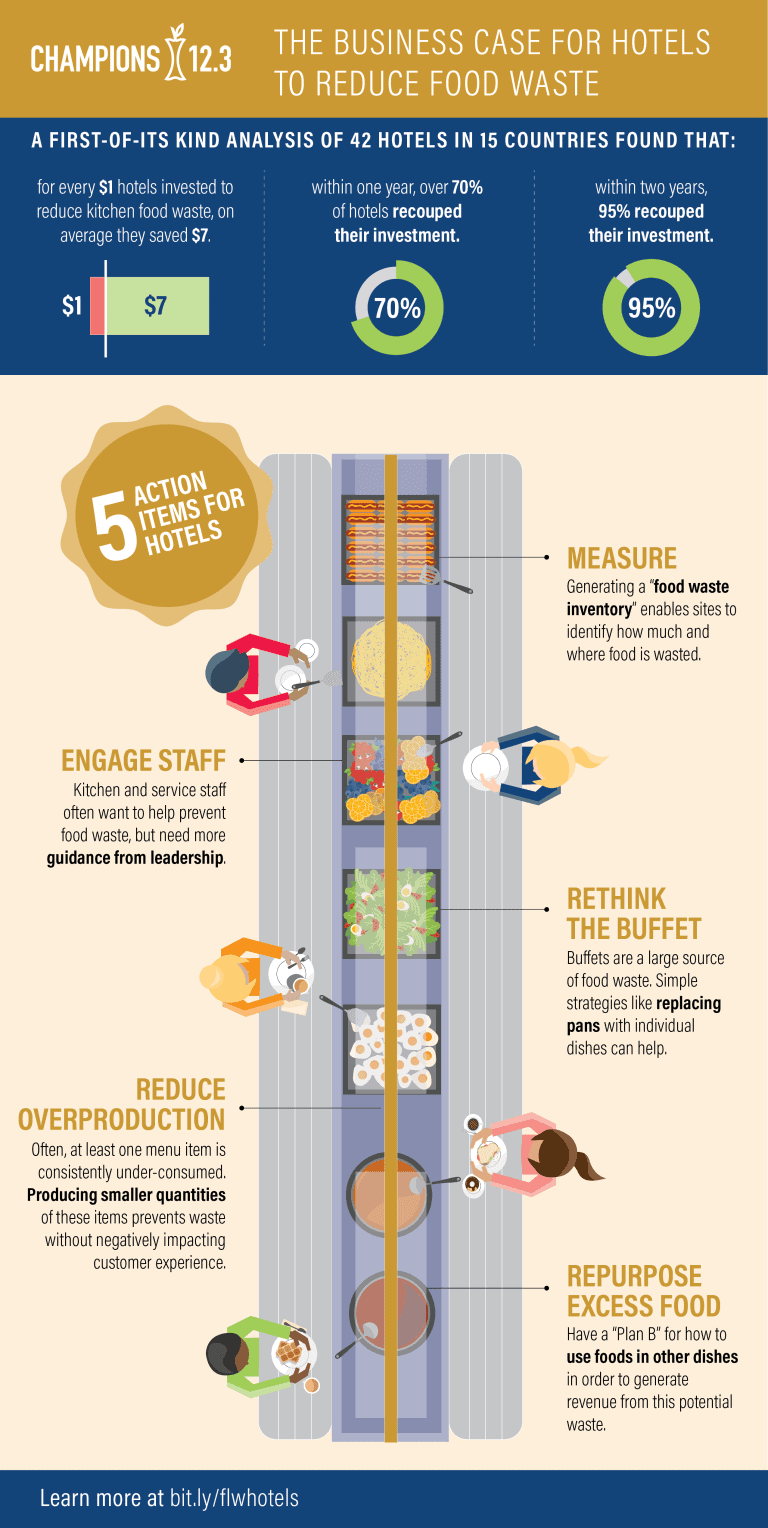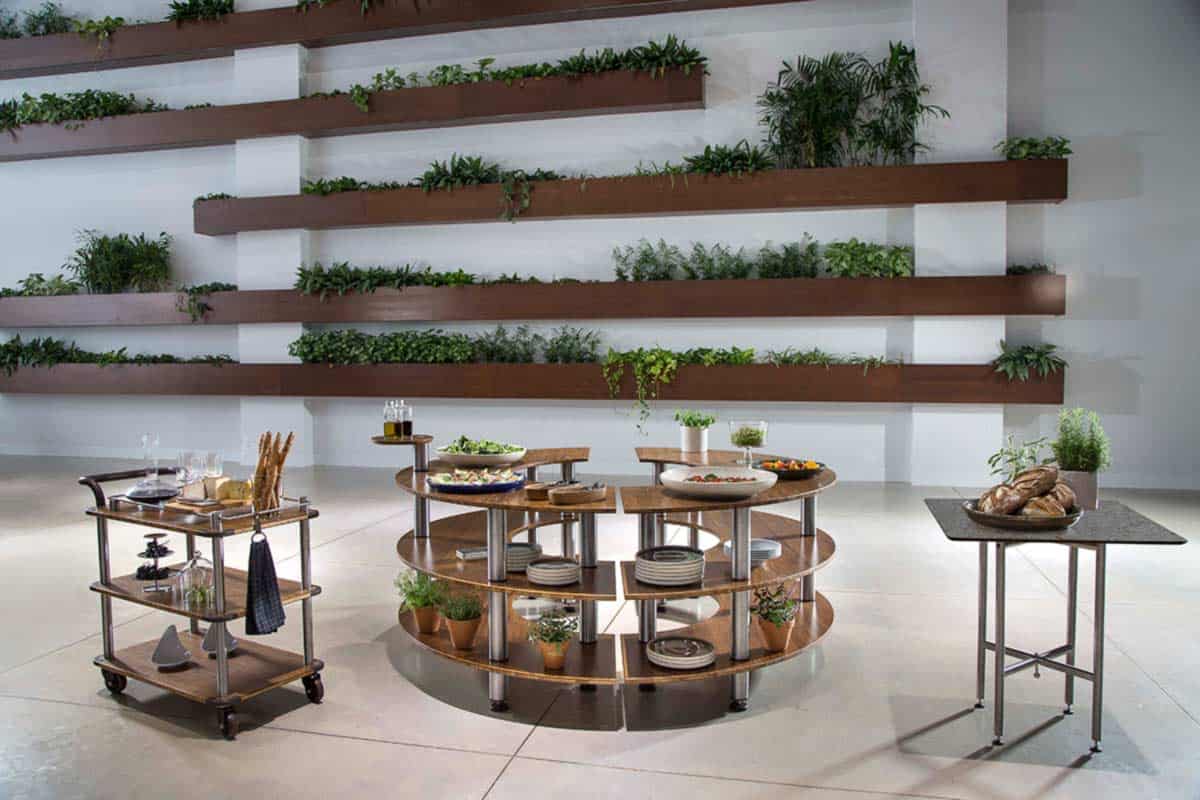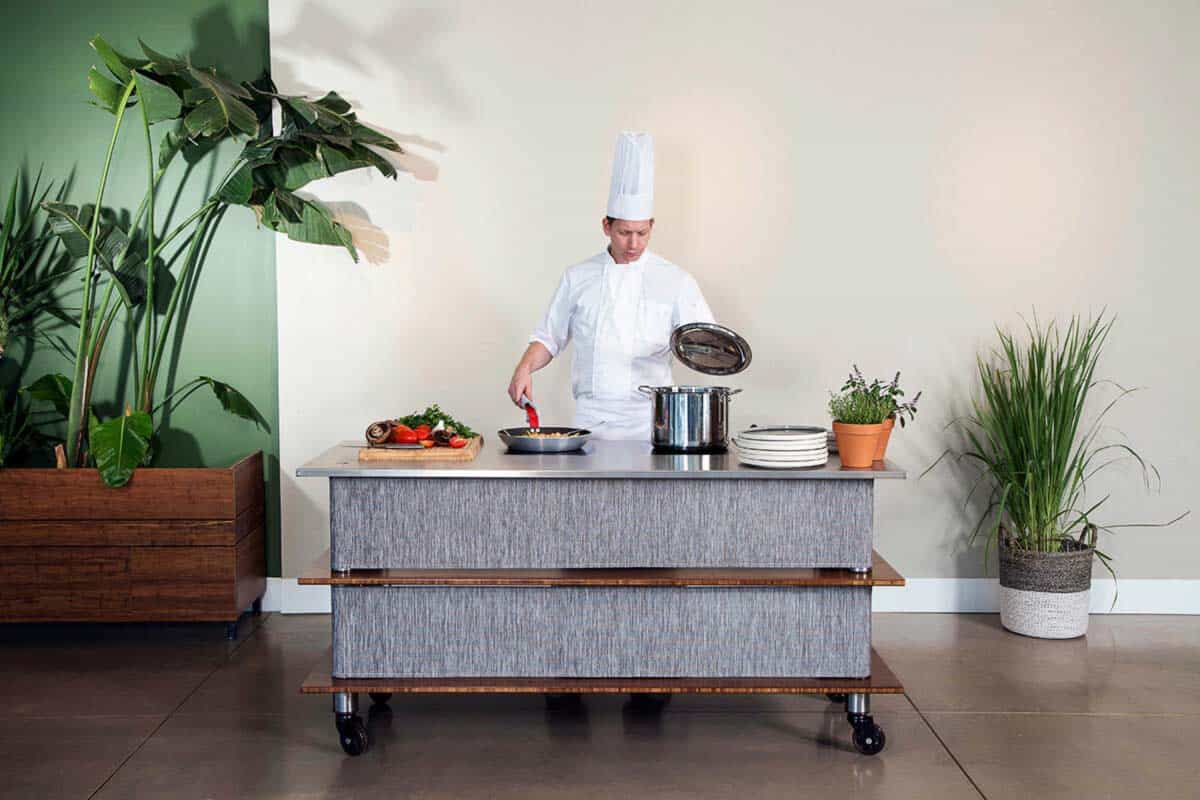How to Reduce Food Waste in Hotels
Today, reducing hotel food waste has become a priority for management. In the hotel industry, 3 of the top social, economic and environmental factors are the large amount of food that gets wasted on a daily basis.

WASHINGTON – New research on behalf of Champions 12.3 finds there is a compelling business case for hotels to reduce the amount of food they throw away. For every $1 hotels invested in programs to reduce kitchen food waste, on average they saved $7 in operating costs.
While hotel guests rarely think about what happens to all the food that is left over and wasted, it is a major concern of hotel personnel, including everyone from chefs, food and beverage managers, to directors, hotel and general managers.
Adjustments to the way food at a buffet is presented can cut down food waste, and if set as a priority can eliminate it entirely. Below we’ve included some ways that you can optimize your buffet to not only look great but minimize food waste as well.
Having a food-waste reduction program in place, can not only increase a hotel’s ROI, it can also leave F&B professionals with a good feeling.
Positive Returns
In a first-of-its kind analysis, a survey “The Business Case for Reducing Food Loss and Waste” was taken of 42 hotels in 15 countries, and the results reflected that nearly every hotel realized a positive return when implementing a program that focused on food waste reduction, with the average company seeing a 600 percent ROI.
Hotel food waste management can bring many financial returns. But unfortunately, it is something that is often overlooked by hotel personnel, everywhere from the chefs, maître d’s to the top brass.
In fact, there is as much as a 7:1 return on investment that comes from purchasing less food and hence minimizing costs, while increasing revenue from introducing new items on the menu that are developed from leftovers or foods that were previously considered scraps. This decreases waste and also lowers costs for waste-management.
“With these figures, I hope more in the industry will see food waste reduction as an opportunity and an important part of the hotel business,” –
Lionel Formento, director of food and beverage, Sofitel Bangkok Sukhumvit
The costs that are associated with food waste are often buried on the back pages of operational budget reports and are just accepted as the cost of conducting business. Well, it’s time for a reality check. Statistics show that investing in a food reduction program can bring positive returns.
A RE Think Out of the Lunch Box
Reducing hotel food waste isn’t a wheel that needs to be reinvented. All you really need is a rethink of what you are currently doing and optimizing it. Think a bit out of the lunch box and come up with new approaches, and then implement some pretty simple solutions.
While there are other areas of food service that can benefit, for this post we’ll focus on some creative ways to reduce food waste at the mother of all food wasting areas: The Buffet.
“All banquet managers want their buffets to always look full, fresh and aesthetically pleasing.”
All you can eat buffets are typically at the center of a hotel guest’s dining experience, whether they are for breakfast, lunch or dinner. All banquet managers want their buffets to always look full, fresh and aesthetically pleasing.
By implementing the right buffet configuration, you can help reduce waste while creating a rich and abundant food presentation and dining experience without displaying more food than necessary.
Here are 3 creative ways to keep your buffet always looking full and fresh, while reducing food waste:

Utilize Space Wisely To Reduce Food Waste
Your buffet presentation doesn’t need to be just of food. Utilize space to spread out cutlery and napkins in nice formations. Use small plates spread out in stacks across the buffet. Stock the buffet with colorful flowers and vintage jars of items such as olives and pickles to decorate. The idea here is to make it look full and pleasing to the guest. And the best part is that all of the items are reusable and create no hotel food waste.
Making Food to Order Helps With Portion Control
By using buffet-top induction, you can display bowls of freshly cut vegetables, meat and/or fish on ice and utilize your staff to make food to order. This would ensure that nothing is wasted. You can always serve those fresh untouched items at the next meal.

Going Modular with your Buffet To Reduce Food Waste
Each event is different, not only culturally or demographically, but also size wise. You need to adjust your table size, formations, levels based on what you’ll be serving, and whether you’ll be serving 50 guests or 500. By using modular buffet tables for hotels that can be adjusted within minutes as needed, you can be ready for any number of guests. In this way you’ll ensure that your buffet will look amazing, and you’ll be able to serve only what is needed to accommodate your guests, satisfying their appetite, while not compromising on the presentation, quantity or quality of food. Hope you enjoyed this post about reducing food waste in hotels. We have lots more content coming, so come back soon. For more info on the modular Mogogo buffet system, click here.









